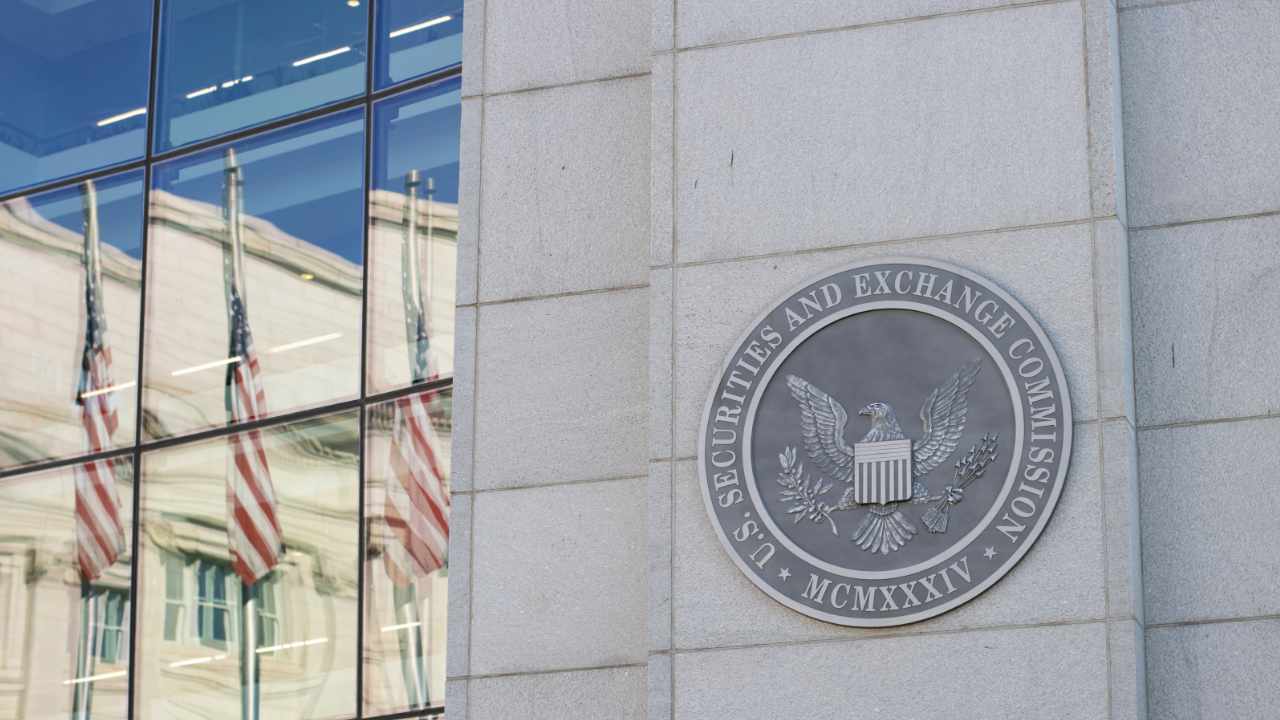The concept of tokenization has emerged as a transformative force in the financial sector, promising to revolutionize how assets are managed, traded, and accessed. By converting traditional securities—such as stocks, bonds, real estate, and even art—into digital tokens on a blockchain, tokenization offers benefits like increased liquidity, fractional ownership, and reduced transaction costs. Citi has projected that tokenization could enhance liquidity in private markets by up to tenfold, highlighting its potential to democratize investment opportunities. However, while the promise of tokenization is alluring, it is essential to recognize that it does not operate in a regulatory vacuum. The technology must coexist with existing legal frameworks, ensuring that innovation does not come at the expense of investor protection.
The excitement surrounding tokenization stems from its ability to make high-value assets more accessible to a broader range of investors. For example, tokenization could enable individuals to invest in luxury real estate or private company shares with minimal capital, breaking down barriers that have historically limited participation in these markets. This vision of a more inclusive financial ecosystem is driving significant interest in tokenization, but it also raises critical questions about how these innovations will be regulated. The U.S. Securities and Exchange Commission (SEC) has taken a cautious yet constructive stance, emphasizing that tokenized securities remain subject to existing securities laws. Commissioner Hester Peirce, known for her balanced approach to cryptocurrency regulation, has repeatedly stressed that tokenization is “enchanting” but not “magical.” This distinction is crucial because it underscores that the technology itself does not exempt tokenized assets from regulatory oversight.
Commissioner Peirce’s perspective serves as a necessary counterbalance to the unbridled enthusiasm for tokenization. Her message is clear: regardless of the technological advancements, if an asset meets the definition of a security under federal law, it must comply with the same regulatory requirements as traditional securities. This includes registration, disclosure obligations, and investor protection measures. The SEC’s stance is not intended to stifle innovation but to ensure that the benefits of tokenization are realized in a manner that prioritizes transparency, fairness, and investor confidence. By adhering to these principles, the financial industry can harness the potential of tokenization while mitigating risks such as fraud, market manipulation, and information asymmetry.
The relevance of existing securities laws in the context of tokenization cannot be overstated. These laws were designed to address fundamental challenges in financial markets, such as ensuring that investors have access to accurate information, preventing fraudulent activities, and aligning investments with an investor’s risk tolerance. Tokenization does not inherently solve these issues; instead, it introduces new complexities that must be carefully managed. For instance, the decentralized and pseudonymous nature of blockchain technology can create opportunities for illicit activities if not properly regulated. Additionally, the lack of standardized disclosure requirements for tokenized securities could leave investors vulnerable to misleading or incomplete information. By applying existing securities laws to tokenized assets, regulators can help maintain market integrity and protect investors from potential harm.
To navigate the evolving regulatory landscape, market participants must engage proactively with regulators like the SEC. Commissioner Peirce has encouraged collaboration between industry stakeholders and regulators to develop clear guidelines for tokenized securities. This dialogue is essential for several reasons. First, it helps companies gain clarity on how existing laws apply to their specific offerings, reducing uncertainty and compliance risks. Second, it allows regulators to better understand the unique characteristics of tokenized assets, enabling them to craft more effective and tailored regulations. Finally, open communication fosters trust and confidence in the tokenization market, which is crucial for attracting mainstream adoption.
The SEC’s willingness to consider conditional exemptions for tokenized securities, as suggested by Commissioner Peirce, indicates a flexible approach to regulation. This openness reflects a broader trend in which regulators are seeking to balance innovation with investor protection. However, the success of this approach depends on the industry’s ability to provide constructive feedback and collaborate with regulators. By working together, market participants and regulators can shape a regulatory framework that supports innovation while ensuring that tokenized securities are offered in a transparent and compliant manner.
Looking ahead, the future of tokenized securities will depend on striking the right balance between fostering innovation and upholding regulatory standards. A clear and consistent regulatory framework is essential to provide certainty for market participants and protect investors. Additionally, regulations should focus on the economic substance of the asset rather than the technology used to represent it, ensuring that the rules remain relevant as the market evolves. Flexibility and adaptability will be key, as the regulatory framework must keep pace with rapid technological advancements. Finally, international coordination among regulators is necessary to prevent regulatory arbitrage and ensure consistent standards across jurisdictions.
In conclusion, tokenization holds immense promise to transform the financial industry, but its success hinges on responsible innovation and a commitment to investor protection. Commissioner Hester Peirce’s reminder that tokenization is enchanting but not magical serves as a critical guidepost for the industry. By engaging with regulators, prioritizing compliance, and adhering to existing securities laws, market participants can unlock the full potential of tokenization. This approach will not only drive the growth of the tokenization market but also contribute to a more transparent, efficient, and inclusive financial future.





